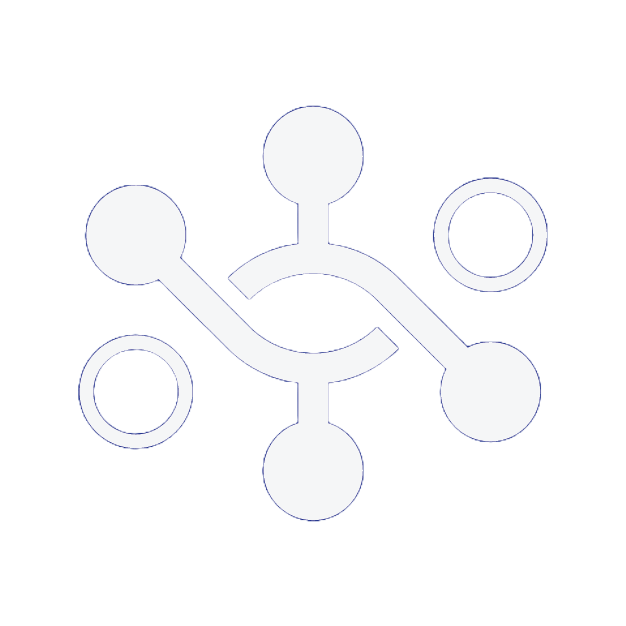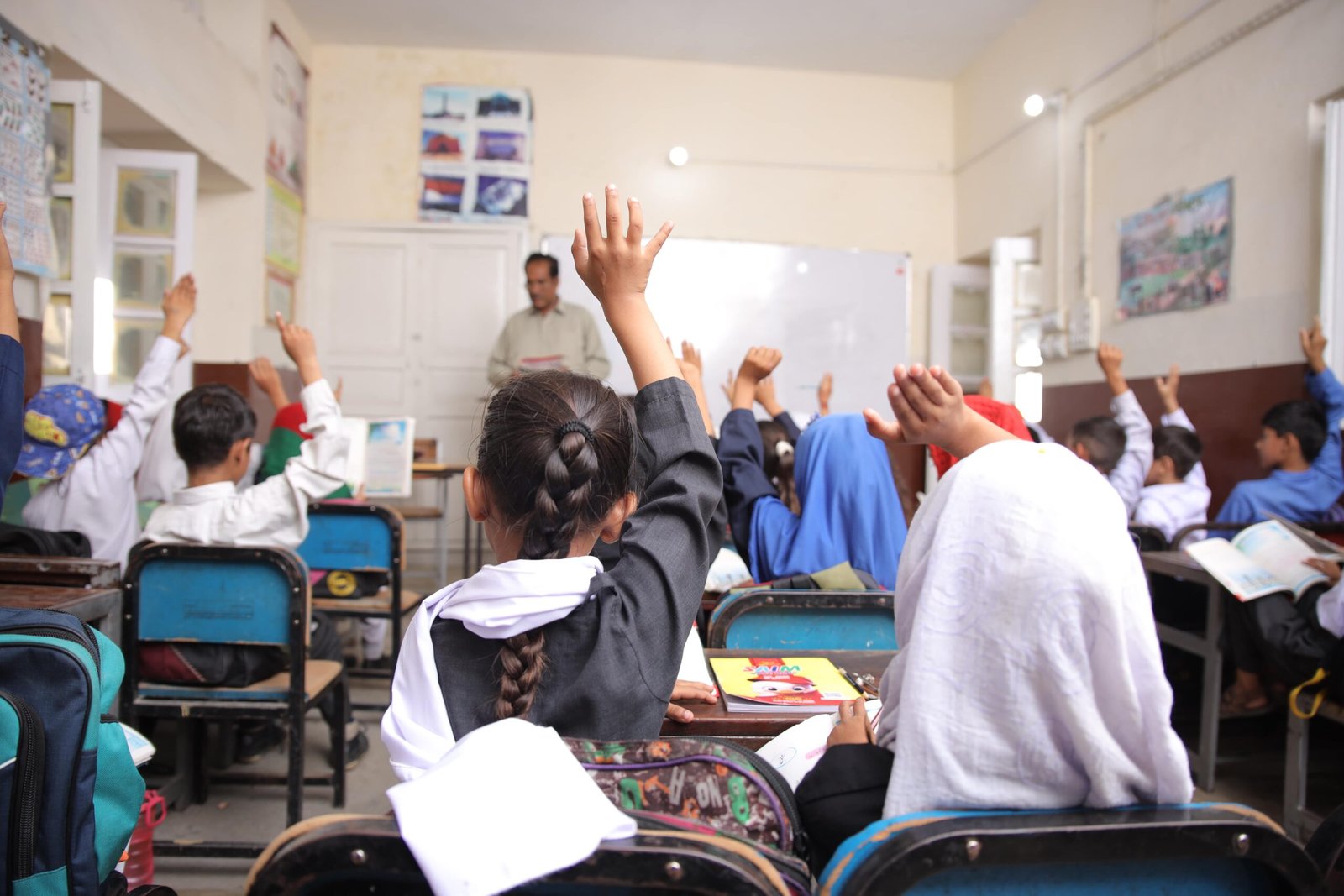Who amongst us has not looked at a group photo, searching for our own face first? In Pakistan, even the most seemingly inclusive textbooks will feature tokenised representations of marginalised groups. This impacts school-going children at a psychosocial level, who are searching to see their own or familiar faces, and disappointed that they are not there.
Looking beyond the semantics of politically correct terms like tolerance, inclusivity, diversity, equity or pluralism, the question arises: what do these terms stand for in the context of student learning content in Pakistan? Is an inclusive textbook different than an otherwise effective textbook? We take a snapshot of how Pakistani society can gain from textbooks that feature diverse representations, such as the contribution of non-Muslims’ in the creation of Pakistan, an athlete with a disability who is a Special Olympics gold medallist, or a family where gender roles are assigned to reflect contemporary trends.

Slow Progress for Fairer Representation
In Pakistan’s education sector, the policy regarding textbook content is implemented by the provincial textbook boards by setting the guidelines for textbook authors and reviewing the submitted manuscripts. Before making it to the review committee, a manuscript must comply with a list of 6-7 mandatory requirements which shape how inclusive the content will be. Some of these include:
“Inclusive principle: The school textbooks and learning material promote gender equality, human rights, and respect for all.” – Sindh Policy Textbook and Learning Material
“The manuscript is free from all kinds of social, regional, cultural, religious, gender, ethnic and sectarian biases.” – Punjab Textbook Evaluation Proforma for Reviewers
The word ‘bias’ may be interpreted in two ways. A bias-free manuscript may be one that is free of offensive (or hate) content that tarnishes a marginalised religion, ethnicity, geographical area or group of individuals. Additionally, taken in a broader sense, ‘bias’ also implies omissions, or neglecting to realistically and positively mention marginalised groups, their culture, achievements and lifestyle choices.
In language textbooks, marginalised groups are unseen in stories, not shown as integrated in nor contributing to communities. History and Pakistan Studies textbooks have largely been purged with hate content, especially for minority religions. Civil society organisations such as Lahore-based Centre for Social Justice have contributed to this progress by identifying and reporting on such content while sensitising policy makers and civil society representatives by advocating for fairer representation.
However, learning content insufficiently and superficially representative of marginalised groups. This was elucidated by a civil society representative in DARE-RC’s Punjab Inclusivity workshop in 2024, who said that textbooks include arbitrary mention of marginalised communities and stop short of depicting social interactions across groups, for instance, between Muslims and followers of other religions, or between abled and differently abled persons. This critique holds for General Knowledge curriculum which poorly features content on multi-religious groups, their places of worship and festivities. We also see mentions of notable figures who belonged to marginalised groups, although inadequately as part of mere lists of heroes who fought for the struggle for Pakistan, and lists of national women leaders, among others.
Gender Bias in Assigning Roles
Another form of bias is based on gender discrimination. While there has been some improvement in the mention of female characters in textbooks, bias is present in how gender roles are assigned to characters. Mathematics and Science subject books need to embed more content which associates and includes female names in word problems to a larger extent than is currently seen. Language textbooks feature pictures of girls for verbs like ‘sitting’, ‘smelling’ while verbs like ‘skipping’ and kicking’ are reserved for boys. Girls are shown to be morally upright while naughtiness is reserved for boys, limiting possibilities for both boys and girls. This contributes to creating an imbalanced self-image for a child in terms of the ability to make morally upright choices, characterised by low expectations for boys and high expectations for girls that may increase feelings of guilt for girls when they are unable to meet these high standards. Similarly, characters from rural areas are depicted to be simple-minded and out-of-touch from the world outside.
Belongingness comes where you can be yourself. Transgenders don’t seem to belong at home, or at school. There is an environment-based dysphoria.
– Dr Sadya Salar, Sexually Transmitted Illnesses Specialist, Khwaja Sira Society, Lahore, Punjab.

Participants at the DARE-RC Inclusivity Workshop
Improving the Textbook Review Process
Government departments and provincial textbook boards have initiated steps towards inclusive textbooks by making the review process more inclusive through the addition of a sub-committee of experts from diverse religions in the review process. This was initiated in the Punjab province in 2023. The extent to which this group provided input and how well their feedback was incorporated in the proposed manuscripts remains unclear. However, the inclusion of diverse religious leaders is progress in the right direction.
Inclusive curriculum should be developed by engaging stakeholders from all marginalised groups whose inputs are important for forming implementation and policy for school curriculum.
– Muhammad Ayub, Advocate, Peshawar
| Subnational Discussions on Inclusivity in Education |
| The views presented here are based on insights gathered through the DARE-RC Inclusivity workshops organised across Pakistan in Balochistan, Sindh, Punjab, Khyber Pakhtunkhwa, and Gilgit Baltistan. Workshops involved consultative discussions with persons with disability activists, diverse faith activists, transgender rights activists, academics/researchers, textbook board representatives, lawyers, human rights experts, gender-based violence experts, health experts, and civil society organisations representatives. |
Inclusive Textbooks Improve Children’s Growth
Textbook authors struggle with incorporating a range of criteria within content knowledge: the product must be child-centred, SLO- based, relevant, pegged at the appropriate level for the grade level, has graphics to aid learning, and includes assessment tasks. The additional requirement to also make it inclusive may raise the question: Is it worth the effort, and are the textbooks not already inclusive enough?
CWD and transgender children will benefit from a sensitive and integrated treatment of disabilities and gender in the content taught in schools, and children from diverse faiths and ethnicities will experience acceptance when they see names like theirs in schoolbooks — but how will such content provide an avenue for children’s growth whose experiences are not in the margins?
Acceptance of PWDs and marginalised groups as complete human beings capable of social and economic contribution should be introduced at schools at a very basic level through curriculum or social interactions.
– Sanaa Ahmed, Programme Manager, Society for the Advancement of Education (SAHE)

Participants at the DARE-RC Inclusivity Workshop

- Learning About Diversity
Through inclusive textbooks, all children may be expected to become aware of and learn about individuals and communities different than themselves. Early exposure to a range of ethnicities, religions, cultures and other forms of diversity is important for children to thrive in and contribute towards multi-cultural communities.
- Teaching Compassion and Harmony
Participants at the DARE-RC Sindh Inclusivity workshop highlighted how children sharing classrooms with a child with Down Syndrome take on a protective role, especially during playground activities. In contrast lies an ‘othering’ of differently-abled individuals, leading to dehumanisation and possible violence. Diverse exposure at school will broaden children’s perspective on who they consider to be their ín-group, developing positive perceptions and acceptance of people different than them. This will lead to compassion and unity amongst diversity, resulting in good citizenship. When integrating CWDs, transgenders, and other marginalised children into formal education, inclusive textbooks are a ubiquitous means of creating a more harmonious society.
- Breaking Stereotypes
By doing away with stereotypical representations, textbooks can expand possibilities for everyone. These stereotypes may be age or gender based, for example, celebrating male heroes in a humane light will allow boys to accept their feelings and nurture their emotional intelligence, and showing female characters being naughty or errant instead of pristine and infallible will help girls to develop realistic self-perceptions. Depicting a CWD as a problem solver rather than a recipient of compassion will do wonders for the self-esteem of CWDs and inspire other children to realise their full potential.
For a more inclusive community, the first step is a change in attitudes and knowledge; then, the system can support the change.
– Aqeel Bashir, REEDs Foundation, RYK
- Teaching the Teacher
Inclusive textbooks may guide the teacher’s behaviour in a more nurturing direction, overriding some biases by inviting him/her to reflect. Many teachers struggle with basic subject knowledge and may not be expected to learn about various genders, ethnicities, and faiths. An activist from the Sikh community in the DARE-RC Balochistan Inclusivity workshop shared how his teacher instructed him to remove his steel bangle ‘kara’ since the teacher was not aware of its spiritual significance in the Sikh faith. Such incidents would be minimised by textbooks which created a more sensitive and accepting ethos.
- Teaching at the Right Level
During all the Inclusivity workshops (except Punjab), participants averred the need for an inclusive curriculum for all students that included targeted strategies to address learners’ varying needs. Inclusive content should be integrated to address the learning needs of all students not performing at the class level. Introducing supplementary reading material to bridge learning gaps while teaching at the right level will benefit children who are struggling due to factors like not comprehending the content, not following the language of instruction, working as labourers, or not having educated parents for guidance.
- Demand-Based Learning
Textbooks that are current in their knowledge and updated according to the changing world will prepare learners to inhabit that world. An academic from the Balochistan Inclusivity workshop expressed that learning content should encompass current socio-economic and technological knowledge, for example about high-tech professions required for mass infrastructural developments, such as China-Pakistan Economic Corridor (CPEC).
- A Tool for Human Development
Inclusive textbooks will improve the emotional health of users, benefitting the larger community. Such textbooks will help learners from diverse backgrounds develop a positive self-image and fulfil their need for recognition. Such learning content will also help the class fellows of learners from marginalised communities to accept them and celebrate their uniqueness, fulfilling each group’s need for affiliation.
Inclusion is a cross-cutting theme in the DARE-RC project and one of the four key pillars of its research agenda: What works to improve drivers of learning for marginalised children in Pakistan? Click here to learn more about DARE-RC’s research priorities and areas.
—
Author: Ayesha Fazlur Rahman (Inclusivity Lead, DARE-RC)
Editor: Maryam Beg Mirza (Assistant Consultant, Education at OPM)
Media Communications: Farhad Jarral (Communications Lead, DARE-RC)Quality Assurance: Dr Sahar Shah (Senior Research Manager, DARE-RC)
The views expressed in this blog are that of the author and do not reflect the views of DARE-RC, the FCDO, and implementing partners.





